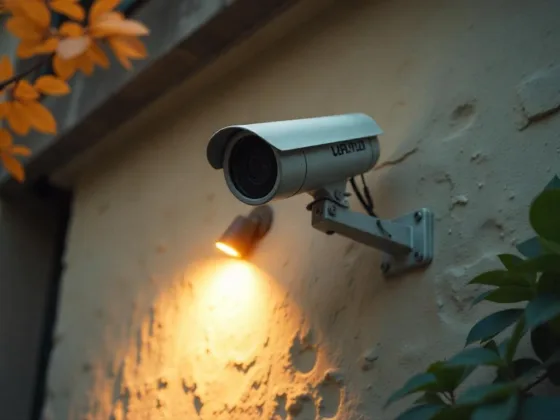Table of Contents Show
In the realm of renewable energy, particularly solar power, the optimization of system performance is not just desirable – it’s essential. For those invested in harnessing the sun’s power, understanding the efficiency, power output, and overall health of your solar installation is crucial.
This is where the role of a comprehensive solar monitoring system becomes indispensable.
Let’s delve into the key metrics that you should keep an eye on to ensure your solar array operates at peak performance.
Energy Production
The fundamental metric to track is the amount of electricity your solar panels produce. Measured in kilowatt-hours (kWh), energy production is an indicator of the system’s output and its direct impact on your electricity bill.
Monitoring daily, monthly, and annual production helps in understanding the system’s responsiveness to seasonal changes and its overall reliability.
System Efficiency
Efficiency in a solar system refers to the capacity of converting sunlight into electricity. Several factors affect solar efficiency, including panel placement, the technology used in panels, and environmental conditions.
A dip in expected efficiency could signal issues such as shading, soiling, or hardware inefficiencies. Monitoring these can help in scheduling maintenance checks and cleaning, ensuring optimal performance.
Performance Ratio (PR)
This metric is crucial as it considers the actual environmental conditions (like irradiation levels) against the energy output. The Performance Ratio helps in understanding how effectively a solar system operates under “real-world” conditions. A lower-than-expected PR can be an early indicator of potential issues, from soiling or shading to technical failures.
Self-Consumption
For those looking to maximize their independence from the grid, tracking how much of the produced power is consumed directly is vital. Increasing self-consumption reduces reliance on the grid and maximizes financial savings.
Systems integrated with battery storage solutions offer enhanced capabilities for monitoring this metric.
System Health and Faults
Immediate alerts on system faults, outages, or inefficiencies are a key component of robust solar monitoring.
These alerts can help prevent prolonged downtimes and can identify when parts of the system may be underperforming or failing. This includes monitoring for inverter health, string issues, and even individual panel performance.
Return on Investment (ROI)
Tracking the ROI involves understanding the payback period and the overall financial benefits of installing a solar system.
This encompasses not just the savings on utility bills, but also the potential earnings from feed-in tariffs and renewable energy certificates. Calculating ROI requires consistent data on system performance and energy market rates.
Environmental Impact
Lastly, an often under-discussed yet significant metric is the environmental impact. Monitoring systems can provide data on the equivalent reduction in carbon emissions due to your solar system’s operation.
This not only feels good but can also be crucial for businesses committed to corporate sustainability goals.
Are you getting the most out of your solar?
Leveraging these key metrics through an effective solar monitoring system provides not just peace of mind, but a powerful tool in optimizing both the economic and environmental performance of solar installations.
Whether you’re a homeowner, a small business, or a large-scale industrial entity, understanding these metrics can lead to substantial benefits and ensure that your investment in solar technology yields the best possible returns.
FAQs (Frequently Asked Questions)
The fundamental metric to track is the amount of electricity your solar system produces.
Efficiency in a solar system refers to the capacity to convert sunlight into usable electricity.
The performance ratio (PR) is crucial as it considers the actual environmental conditions and their impact on the solar system’s performance.
For those looking to maximize their independence from the grid, tracking self-consumption can help optimize energy usage and reduce reliance on external sources.
Immediate alerts on system faults, outages, or inefficiencies are crucial for prompt identification and resolution of issues to ensure continuous solar energy production.
Tracking the ROI involves understanding the payback period and overall financial benefits of investing in a solar energy system.
An often under-discussed yet significant metric is the environmental impact of solar energy production, which includes factors such as carbon emissions reduction and sustainability.










